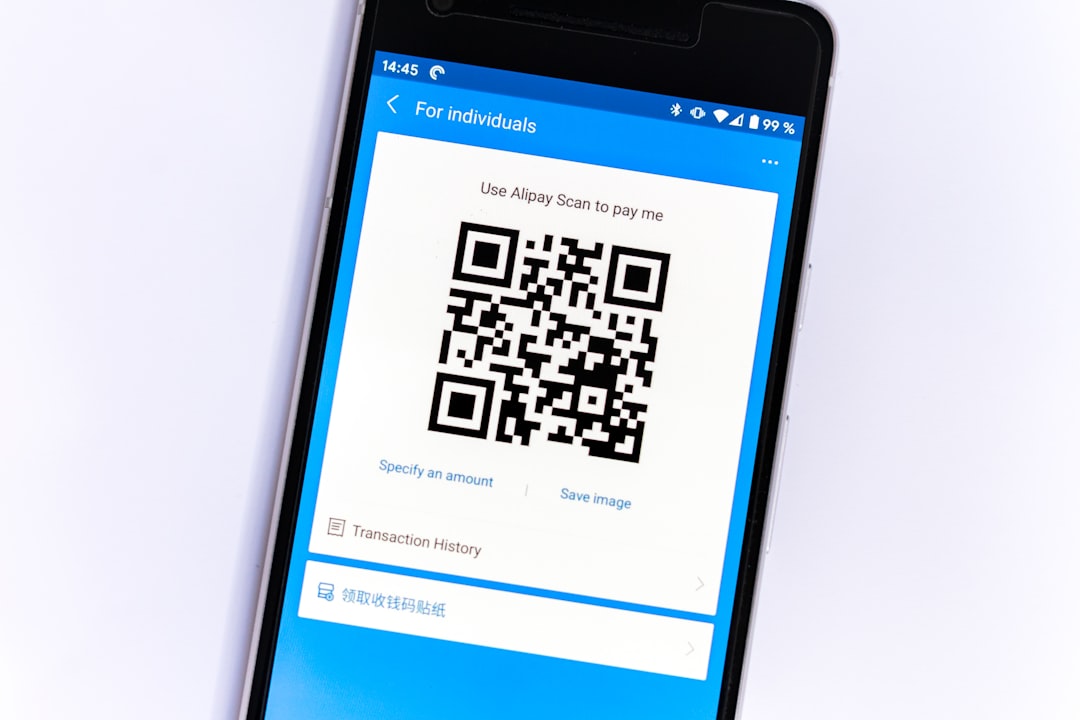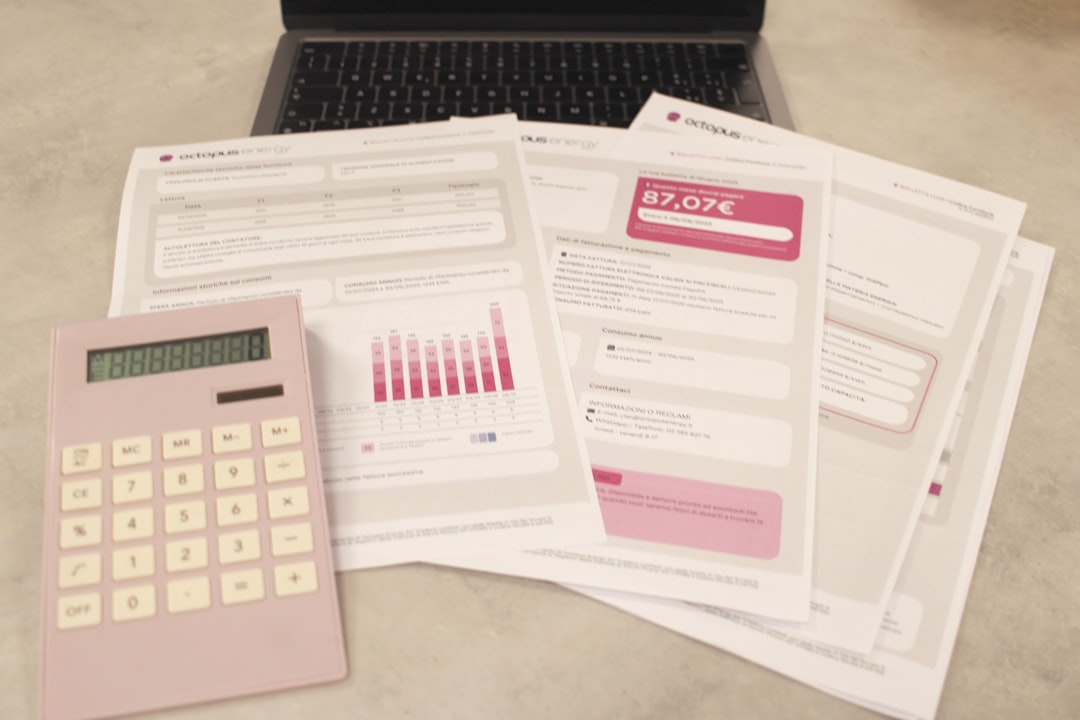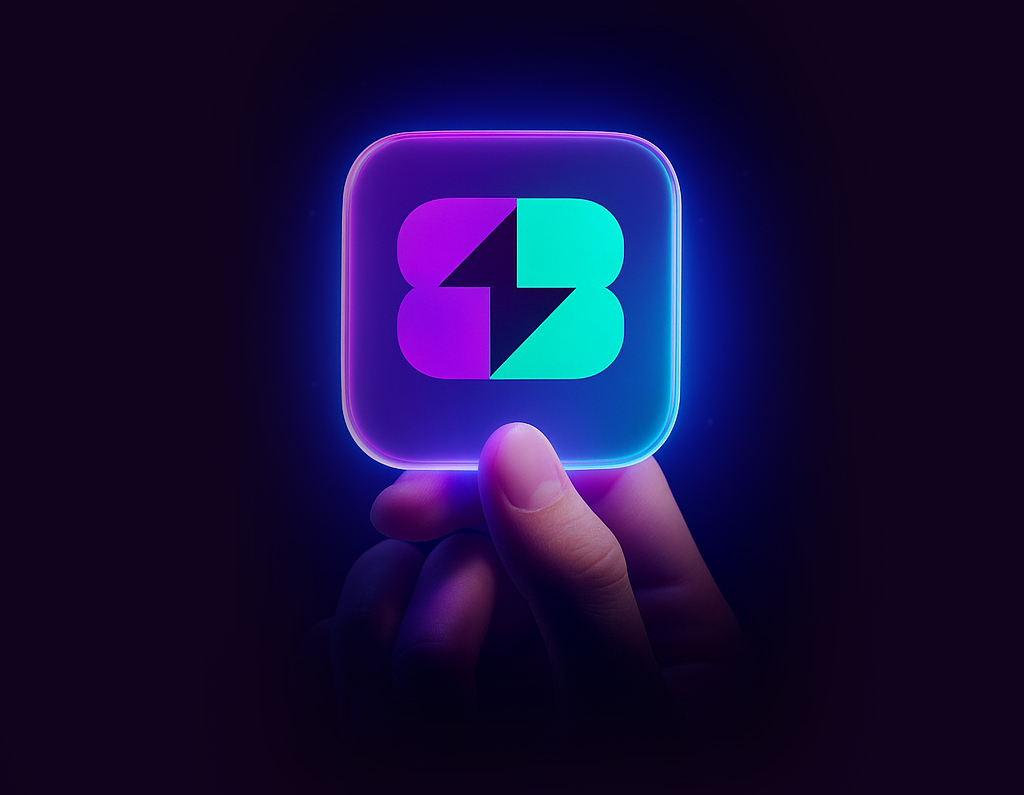
The $453 Problem: How 'Loan Stacking' Is Quietly Destroying Gen Z's Finances

You check out at Target using Afterpay. Later that day, you grab sneakers on Klarna. By the weekend, you've split a new laptop on Affirm. You're not carrying credit card debt—you're being smart about it, right?
Here's the thing nobody tells you: you're loan stacking. And you're definitely not alone. A staggering 63% of BNPL users have simultaneous loans across multiple platforms, and here's where it gets spicy—they're carrying an average of $453 MORE in personal loans and $871 MORE in credit card debt than non-users.
But wait, it gets worse. This debt is invisible. Credit agencies can't see it. Your bank can't see it. Even you might not fully see it—until you're paying late on 41% of those loans (up from 34% just last year). Welcome to the world of "phantom debt"—a $700 billion black hole that's quietly destroying Gen Z's financial future, one "4 easy payments" at a time.
What Is Loan Stacking? (And Why You're Probably Doing It)
Let's break this down in plain English: loan stacking is when you're using multiple Buy Now Pay Later (BNPL) services at the same time across different platforms. You know, a little Afterpay here, some Klarna there, maybe an Affirm loan because your favorite store only offers that one. Suddenly you're juggling payment schedules like you're training for Cirque du Soleil.

The statistics are pretty wild when you actually look at them. Get this: 66% of BNPL users take out multiple BNPL loans at once, and 32% are borrowing across different lenders simultaneously. For Gen Z specifically? 71% have had multiple loans going at the same time, and 26% have juggled THREE OR MORE active loans at once. The average BNPL user had 9.5 loan originations in 2022—up from 8.5 in 2021. That's not a typo.
So why does this happen so easily? Well, the BNPL world is super fragmented. Afterpay dominates fashion retailers, Klarna's everywhere for home goods, Affirm owns electronics, and PayPal Pay in 4 is literally everywhere else. Then there's Zip, Sezzle, Perpay... honestly, the list keeps growing.
Here's the cognitive blind spot that gets everyone: each individual payment feels tiny. Twenty-five bucks here, fifty there—no big deal, right? But here's what you're probably not doing:
- Tracking your TOTAL monthly BNPL commitments across all platforms
- Calculating cumulative debt from all these "small" payments
- Looking at any kind of central dashboard that shows all active loans at once
Let me paint you a picture. Say you're a typical Gen Z user with:
- $200 furniture on Affirm = $50/month for 4 months
- $120 in clothing on Afterpay = $30 every 2 weeks for 4 payments
- $300 laptop on Klarna = $75/month for 4 months
- $80 skincare on PayPal = $20 every 2 weeks for 4 payments
Your total invisible commitment? A whopping $175/month PLUS those bi-weekly hits. But in your mind, it just feels like four small purchases. Your brain doesn't register this as real debt because there's no single bill, usually no interest, and it doesn't "feel" like a traditional loan. The term "Buy Now Pay Later" literally avoids the word "debt." It's marketed as a budgeting tool, not borrowing. Sneaky, right?
The Phantom Debt Crisis—Why No One Can See Your BNPL Loans

Wells Fargo senior economist Tim Quinlan coined a term that should honestly terrify everyone: "phantom debt." It's debt that goes largely untracked because no central repository exists for monitoring it. It's like financial dark matter—you can't see it, but it's definitely affecting everything.
Here's the wild part: traditional credit bureaus can't see your BNPL debt (well, until very recently). Your bank? Nope. Mortgage lenders when you're trying to buy a house? They have no clue. Car loan underwriters? In the dark. Credit card companies? Not a clue. Even other BNPL providers don't know what you owe their competitors.
Why is all this debt invisible? Many BNPL platforms deliberately don't report to credit bureaus because they're worried that showing multiple loans might lower customers' credit scores—which would reduce usage and hurt their bottom line. Plus, they don't want competitors seeing customer spending patterns. Business secrets, you know?
Let's talk about the scale of this problem. BNPL transactions hit $334 billion in 2024, and they're projected to reach a mind-blowing $687 billion by 2028. Most of this debt is completely off the traditional credit radar. It's like having a second financial life that nobody knows about.
Remember that $453 problem from the beginning? BNPL users carry $453 MORE in personal loans and $871 MORE in credit card debt than non-users. Here's the kicker: BNPL doesn't replace other debt—it adds to it. It's creating this vicious cycle that goes something like this:
- You use BNPL to avoid racking up credit card debt
- BNPL payments start eating into your monthly budget
- Unexpected expense hits, and you reach for your credit card
- You can't pay the credit card in full because BNPL took that money
- Now you're carrying BOTH types of debt
- You use more BNPL to avoid adding to the credit card
- Rinse and repeat until you're drowning
The consequences are already hitting. A shocking 41% of users paid BNPL loans late in the past year. Late fees pile up fast—we're talking $7 to $25 per missed payment. And here's the thing: while most BNPL platforms don't report on-time payments, some DO report late payments to credit bureaus. Miss enough payments and you might even end up dealing with collection agencies.
The Gen Z Crisis—When 71% Have Multiple Loans at Once

Let's talk about why Gen Z is getting absolutely hammered by this. Last year, 44% of Gen Zers used BNPL—that's roughly 30 million young people. For ages 18-24, BNPL makes up 28% of their total unsecured debt. Compare that to the average across all age groups at 17%, and you can see the problem.
Why does Gen Z gravitate toward BNPL like moths to a flame? Well, limited credit history means many can't even get traditional credit cards. They've also watched Millennials struggle with credit card debt for years and developed a pretty healthy mistrust of traditional credit. BNPL gets marketed as "the smart alternative"—plus it integrates seamlessly with social commerce on Instagram and TikTok. No interest means it feels "free," and approval is instant. It's designed to be irresistible.
But here's the perfect storm brewing: 41% of Gen Z runs out of money nearly every month. Only 22% feel financially stable. A crushing 62% experience financial stress three or more days per week. They're starting their careers during economic uncertainty, inflation is eating their paychecks, and BNPL seems like the solution.
Except it becomes the problem. Here's what the data shows:
- 57% of Gen Z believe BNPL encourages debt accumulation
- 58% have used it to finance purchases they couldn't otherwise afford (red flag alert!)
- 39% regret using BNPL once the full cost actually hits their bank account
The psychological toll is real, too. Imagine tracking payment dates across four to six different platforms. Multiple auto-withdrawals hitting different bank accounts. The constant fear of overdrafts and missed payments. One survey found that 56% of users say "keeping track of multiple BNPL transactions takes a lot of work." When you're already stressed about money three-plus days a week, adding this mental load is like throwing gasoline on a fire.
The Red Flag—Using BNPL for Groceries
Okay, bestie, we need to have a real talk about the most alarming trend in the BNPL world: people are using it for groceries. Twenty-five percent of BNPL users now split their grocery bills, up from just 14% one year ago. Among Gen Z specifically? One in three have used BNPL for groceries. It's now the fourth most common BNPL purchase for Gen Z, right after clothing, tech, and home decor.

Financial experts are waving red flags like crazy over this. When you're using BNPL for non-discretionary items like food, you're not just managing cash flow—you're falling behind. This signals that essentials have become unaffordable, there's no emergency fund to smooth out expenses, you're living beyond your immediate means, and crisis spending has become normalized.
Here's the slippery slope: it starts with using BNPL for one big grocery run. Maybe you're stocking up, or it's the holidays, and you tell yourself it's just this once. Then it becomes a habit for weekly groceries. Before you know it, you're using it for gas, utilities, pet food. Suddenly BNPL isn't financing fun discretionary purchases anymore—it's financing your survival.
The math problem is brutal. You eat the food in Week 1, but you're still paying for it in Weeks 2, 3, and 4. Meanwhile, you need groceries AGAIN in Week 2. Now you're stacking grocery BNPL loans on top of each other. It's an impossible cycle.
Using debt for consumables means your income doesn't cover your basic cost of living, and BNPL is just a band-aid on a much deeper wound. What financial advisors suggest instead: emergency food assistance programs, community resources and food banks, budgeting apps to track actual spending, side income or gig work if possible, and most importantly—addressing the root cause, which is the gap between your income and expenses.
How to Audit Your BNPL Commitments (Before You Add Another)
Alright, it's intervention time. Let's make your invisible debt visible. First step: create your BNPL inventory. I'm talking about a simple spreadsheet with these columns:
Where do you find all this info? Check your email for order confirmations (search "payment plan" or "installment"), log into each BNPL app individually, review your bank statements for those sneaky auto-withdrawals, and check your app notifications.
Here's the moment of truth most people aren't ready for: when you see it all written out, you're probably going to be shocked. Most people discover they have way more active loans than they realized. Like, "wait, I have HOW many?" levels of shock.
Next, calculate your true monthly BNPL burden. Here's the formula:
- Add up ALL monthly payments
- Add ALL bi-weekly payments and multiply by 2
- Add ALL weekly payments and multiply by 4
- Total = Your actual monthly BNPL commitment
Now compare that to your income. What percentage of your monthly income is going to BNPL? If it's above 10%, you're in dangerous territory. Above 20%? You're loan stacking straight into a financial crisis. And don't forget to factor in upcoming payments for the next 60-90 days, not just this month.
Warning Signs You're In Too Deep
If three or more of these apply to you, you're loan stacking into serious financial instability. But don't panic—awareness is the first step to fixing this.
The Solution—AI Analysis Before You "Add to Cart"
Here's the core problem with BNPL: it's designed to remove all friction from your purchase decision. One click, instant approval, no time to think, no analysis of your total financial picture. Your brain in that moment is flooded with dopamine from "getting" the item, relief that you don't have to pay the full price today, while conveniently ignoring those future payments coming down the pipeline.

What's missing? A pause. An analysis. A second opinion from someone (or something) that isn't caught up in the emotional high of buying.
This is exactly where an AI shopping assistant like BuyBye steps in—before you click "Pay in 4." Before you commit, BuyBye analyzes whether you can actually afford this given your current financial health, how it fits into your monthly budget, whether you have other pending BNPL commitments already eating into your income, if this purchase aligns with your actual financial goals, and what the opportunity cost really is.
What you get is a clear recommendation: proceed, wait, or skip. You see the actual math of how this purchase affects your monthly cash flow. You get a reality check like "You have 3 active BNPL loans totaling $195/month." And you might even get a smart alternative: "If you wait 2 weeks and save $75 per week, you can buy this outright with zero ongoing commitment."
Why does this work? It's behavioral economics in action. By using BuyBye before you start shopping, you've created what experts call a "pre-commitment device." You've built in the "pause" that BNPL companies deliberately removed. It's external accountability—not you battling your willpower against temptation, but a system working for you. Instead of wrestling with "should I or shouldn't I," you get clear data to make a confident decision.
Real-World Example
Let's say you're about to buy a $300 item on Klarna (4 payments of $75). BuyBye's analysis shows:
- You currently have 2 active BNPL loans with $120 remaining
- Your monthly discretionary income after all bills: $400
- Adding this Klarna loan = $195/month in total BNPL commitments
- That's 48% of your discretionary budget going to BNPL
- Recommendation: Wait
The alternative BuyBye suggests: Save $75 per week for 4 weeks, buy it in full with no ongoing commitment, and keep your BNPL bandwidth available for true emergencies. The outcome? You avoid loan stacking, maintain financial flexibility, and still get the item—just with an actual plan instead of invisible debt piling up.
What's Next—BNPL Regulation and Credit Score Changes
The BNPL landscape is about to shift dramatically. FICO announced a new scoring model rolling out in 2025-2026 that WILL factor in BNPL loans. That means your phantom debt is about to become very visible. Missed payments will ding your credit score just like credit cards. High BNPL balances could lower your scores. But here's the silver lining: on-time payments could actually help build credit.
What's Changing:
The Consumer Financial Protection Bureau dropped a major BNPL report in January 2025, signaling increased regulatory scrutiny. We're looking at potential requirements for clearer disclosure, possible limits on loan stacking across platforms, mandatory credit checks before approval (goodbye instant approvals), and a central database of BNPL loans similar to credit bureaus.
What You Should Do Now:
Get your BNPL under control while it's still mostly off credit reports. Pay down existing loans before they start affecting your score. Establish good habits right now—on-time payments and limited stacking. Prepare for BNPL to be treated exactly like credit cards, because very soon, it will be.
If you use BNPL responsibly going forward, the credit reporting changes could actually help your score. But that requires having systems in place to keep you on track before temptation strikes.
Your Money, Your Decision—But With the Analysis You Deserve
The $453 problem isn't just a scary statistic—it's a warning. Loan stacking is real, phantom debt is growing, Gen Z is carrying invisible financial burdens, and using BNPL for groceries signals a crisis, not a solution.
But here's the truth that nobody wants to say out loud: BNPL isn't inherently evil. It's a tool. Like any financial tool, it can build your financial future or destroy it—depending entirely on how you use it. The real difference isn't the tool itself. It's the decision-making process behind it.
- Impulse + BNPL = loan stacking spiral into debt
- Analysis + BNPL = strategic use when it actually makes sense for your specific situation
What if you had an AI assistant that analyzed purchases before you committed, tracked your total BNPL burden across all platforms, gave you clear recommendations based on YOUR financial reality (not generic advice), and helped you avoid the loan stacking trap before you fell in?
That's exactly what BuyBye does.
We're not here to tell you never to use BNPL. We're here to help you use it smartly—when it makes sense for your financial health, not just when marketing makes it feel good in the moment.
Your money. Your decision. But armed with the analysis you deserve.
Before your next purchase—whether it's $30 or $300—get a second opinion from someone who's actually looking out for your financial future. Try BuyBye's purchase analysis and see what smart spending really looks like.
Final reality check: The average Gen Z user has 3+ active BNPL loans right now. How many do you have? More importantly—how many will you have next month if nothing changes?


